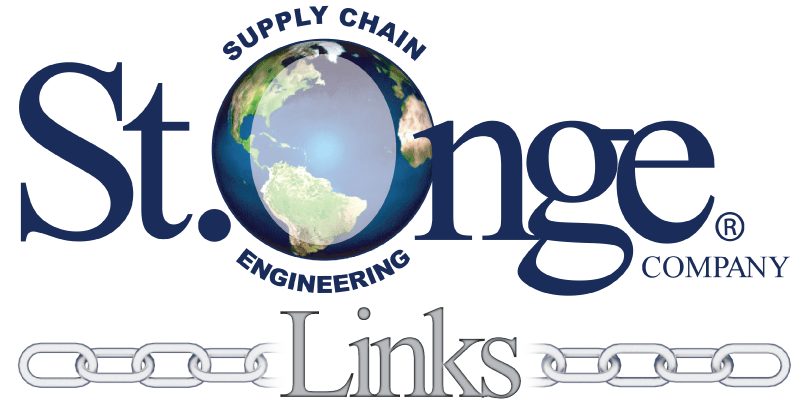 Strengthening your supply chain one link at a time.
Strengthening your supply chain one link at a time.
In any given data analytics project, there is a limit in time and resources that can be dedicated to the project as a whole. For a project to have the highest likelihood of success, allocation of time and effort should be considered early in the project. For this blog, we will consider the steps in a typical 9 to 15-week network optimization project.
Typical Stages:
Data collection (as long as needed): This is usually the stage where time is not fully understood. In order to set proper expectation, this stage’s time requirements must be honestly considered by the analyst and project owner. There is often a desire to “get to the analytics.” If that mindset is too strong, the temptation to advance a project before the data set is properly understood often results in more time lost in later stages of the project as re-work is required. Declaring the completion of this stage is more of a gray area. How much data is needed must be weighed against the time and effort required to collect complete data, the option of using assumptions in place of hard data and the critical nature of the information’s impact on the project’s success. Clear communication among project stakeholders regarding the impact of advancing a project to the next stage is often more important than we may realize in the midst of any given project.
Data validation (3-4 weeks): The data validation stage is designed to make sure the all parties involved agree on the scope and nature of the opportunity a project is designed to address. In a typical network optimization project, this stage will confirm the manufacturing locations and costs, warehouse locations and costs, customer locations, warehouse sizes, various shipping profiles, transportation costs, etc. Essentially, the business being evaluated using the data collected, organized in a manner that stakeholders can validate the effort, and set up the project to efficiently advance to the baseline stage. This stage can be iterative. If information is incomplete or inaccurate, often the project will return to the data collection phase until there is alignment. It is only possible to validate a business in areas where data is collected. If assumptions are needed to fill in gaps of information for project completion, it is helpful to list those assumptions at this stage. This stage can be as short as 1-2 weeks if data collected is complete and accurate. The additional 2 weeks is often needed to allow for the realistic expectation of additional data collection or clarity.
Baseline (2-4 weeks): In this stage, validated data is organized and modeled to demonstrate that the project’s effort can “normalized” in order to appreciation known changes that will impact the project as well as consider and properly value alternate scenarios. In a network project, often the effort will focus on the assumptions required to normalize and model the business. Such as:
When the data validation stage is complete properly, the first “model” can be run in a matter of a couple of days. More time is often spent in organizing the baseline results in an efficient and effective manner. The goal is to balance the amount of information needed to properly understand the information that is directly pulled from the client versus the data that had been normalized or assumed. This step provides credibility before adding additional information beyond the business as it operates currently.
Benchmark: (2-3 weeks): Even in the most stable of businesses, there are recent and anticipated changes that are already known. The time expected to incorporate anticipated changes varies depending on the number and anticipated impact of each change. Additionally, in many network optimization projects, growth rates are needed to best reflect the size the business will be, assuming proper time is taken to implement potential recommendations. Most projects look out 3-5 years in order to allow time to evaluate geographic locations for plants and warehouses, properly design and build out those locations, potentially close facilities, incorporate IT system changes, and work with customers to modify order behavior.
Scenarios (2-4 weeks): This is the “fun” stage. The goal is to identify and summarize the costs and benefits or the projects scope in multiple future state environments. The time in this stage is usually spent in computation or summarization. For many network optimization projects, the number of “what if” scenarios can exceed fifty. Since each scenario takes some computation time and there is a limit to how much information can be realistically absorbed by the project’s audience, significant effort is spent organizing information to accurately describe the themes learned from multiple runs. Telling the story properly is critical to stakeholder support. The art is to find the highest level of detail necessary to support the themes. This ideally will limit the amount of detail necessary to defend a recommendation while providing enough detail to establish and maintain credibility. Finding that balance will vary significantly by project and stakeholder. Making this stage iterative between the analyst, project team, and stakeholders will help determine the right level of detail and improve the likelihood of adoption.
Executive Summary (1 week): Lastly, the final recommendations and executive summary can summarize each stage of the project and provide the justification for 1-3 future state scenario recommendations. Offering a few additional scenarios for strong consideration in addition to the primary recommendation can help build credibility and ownership.
By properly setting expectations and managing time accordingly, a project should progress at a pace that maximizes the likelihood of a successful engagement.
—Jeff Schmidtke, St. Onge Company